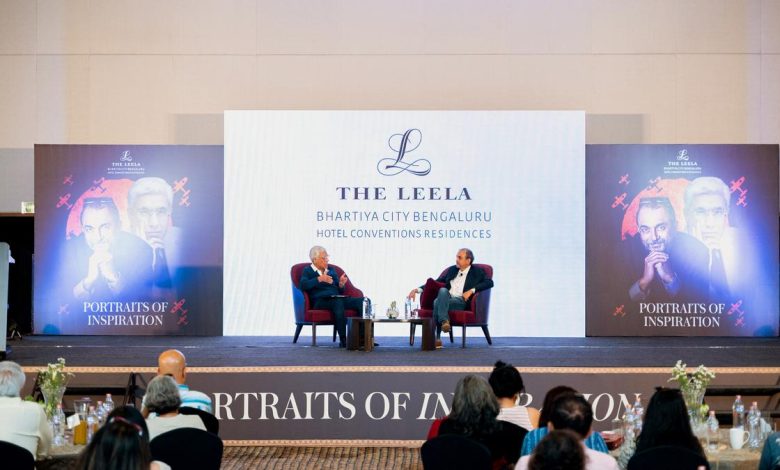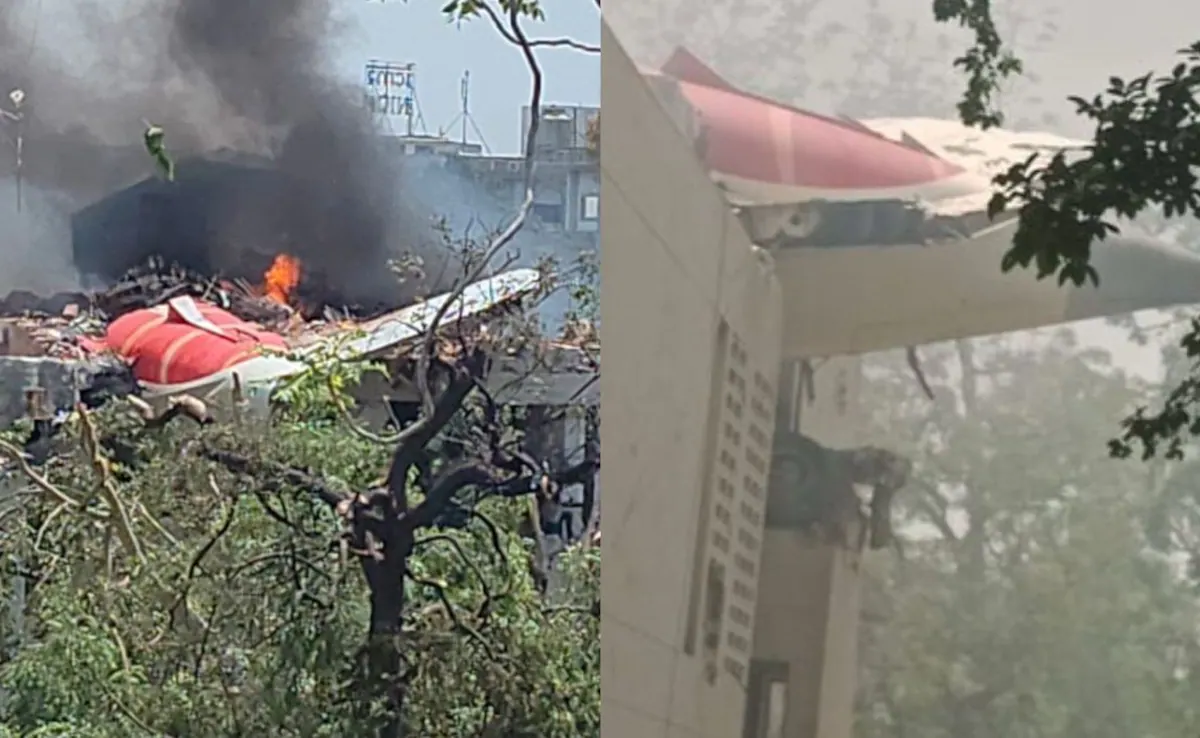When Madras was reduced to a ghost town
The Bengaluru launch of Mukund Padmanabhan’s debut book was filled with interesting observations, quirky anecdotes and interesting titbits of history

On April 14, 1942, the Malabar Special Police turned up at the Madras Zoo with a rather grim mission: to put to death all the so-called dangerous animals in it. This tragic incident finds its way into Mukund Padmanabhan’s debut book, The Great Flap of 1942: How the Raj Panicked over a Japanese Non-Invasion, which was released at The Leela Bhartiya City in Bengaluru recently. Despite Corporation Commissioner O Pulla Reddi’s efforts to relocate these animals, no other zoos would take them, and ultimately, “the lions, panthers, bears and venomous snakes were located and shot,” recounts veteran journalist Karan Thapar, who was in conversation with Padmanabhan at the event.
The reasoning behind this mass execution? To prevent the possibility of these “dangerous” animals breaking free of their enclosures and preying on the residents of Chennai, then called Madras, if Japanese bombs were dropped on the city. “It seems like a bizarre story now, but animals did escape the enclosures in European cities when there was a bombing,” says Padmanabhan, pointing out that animals were unfortunately deeply impacted during World War II. He even brings up the British Pet Massacre of 1939, where close to 7,50,000 dogs and cats were euthanised by their owners, who were brainwashed by the government into thinking that it was the kindest thing that they could do for their pets if the country was attacked.
As it later turned out, however, Reddi’s fears that this decision was “too hasty and premature” were more than justified. The Japanese never invaded, and there was possibly no real threat that they would do so, though, the British Raj, who was administering India at that time, thought differently.
“The animals, poor darlings, paid the highest price of it all. They paid with their lives,” remarks Thapar of this incident, which, in many ways, was “a compelling illustration of the prevailing panic on the eve of a Japanese assault that never occurred,” writes Padmanabhan in the book, whose title draws from the expression that the British, chiefly bureaucrats, used informally to refer to that period of history. “I am trying to make the point that a non-event could be a historical event,” says Padmanabhan, who believes that the Flap has not yet got the attention it deserves.
Quirky stories
The Great Flap of 1942 is crammed with quirky, little-known occurrences like this one, many of which were brought up by Thapar during the conversation. Take, for instance, the story of Sidney Wadsworth, a senior judge of the Madras High Court, setting off for Anantapur accompanied by his wife, driver, butler, cook, and three dogs in two cars strapped with mattresses and loaded, “with a mix of necessities and valuables such as crockery, utensils, clothes, law books, and silver lamps.”
Or the ICS officer Paul M Jayarajan, who “took precautions in a particularly unique way,” observes Karan. According to his papers that Padmanabhan stumbled across in the British Library, he drank copious quantities of wine in the posh Madras Club, later pouring the surplus alcohol down the drain rather than allow the Japanese to enjoy it.
And then, there was the outlandish experiment conducted by John Bicknell Auden, the older brother of the poet WH Auden, an official with the Geological Survey of India. “He thought that the grand buildings of South Block in Delhi Could be protected by profuse clouds of smoke that would obscure it,” says Thapar.
Auden, with SS Bhatnagar, a former chemistry professor and director of the Board of Scientific and Industrial Research, enlisted the help of Geoffery Lamarque, an ICS officer, to set up braziers filled with a black, tarry substance (produced by Auden) all around South Block. While the hope was that the profuse clouds of smoke that emanated from them when it was lit would protect important buildings from the Japanese, the experiment turned out to be a colossal failure.
Lamarque writes about it in his papers, says Padmanabhan, admitting that he was delighted to have stumbled across this story. “The interesting thing about the story is that it is emblematic of the panic,” he says, pointing out that there was no way Delhi could have been attacked anyway. “There was no aircraft capable of reaching Delhi and returning to Southeast Asia. There was no risk at all, but they wanted to do it.”
Madras musings
While misinformation-driven panic fanned across the country between December 1941 and mid-1942, Madras was hit more badly than the others during this period. “It seems that the city which was worst affected by fear of an invasion that never happened was Madras, as it was called at that time,” says Thapar. He brings up some startling facts from the book; while there is no official estimate of the number of people who fled the city at this time, ICS officer Paul Jayarajan has indicated that 7,00,000 of the city’s 8,00,000 residents had taken flight—around 87.5 %. “Madras must have been reduced to a ghost town, “ he speculates.
Padmanabhan goes on to explain why Madras was so badly hit. “The fate of Madras was always perceived as being linked to Singapore,” he says. So, “when Singapore (in early 1942) fell, Madras was in a state of panic.” Additionally, it was believed that the Japanese fleet was going to arrive South of Madras, so Governor Hope issued an official order telling people whose presence was not essential to leave. “That sets Madras apart, “he says.
Padmanabhan also talks about his mother’s recollections of living through this period and how these childhood stories piqued his interest in The Great Flap of 1942. While, at first, despite the panic, her father had decided to stay put, they only moved when the milkman stopped coming, Padmanabhan said, adding that everyone who lived in Madras back then had a story about The Great Flap. “I wish I had written this book 20 years ago,” he says. “There would have been many more people alive who had memories of the Flap.”




